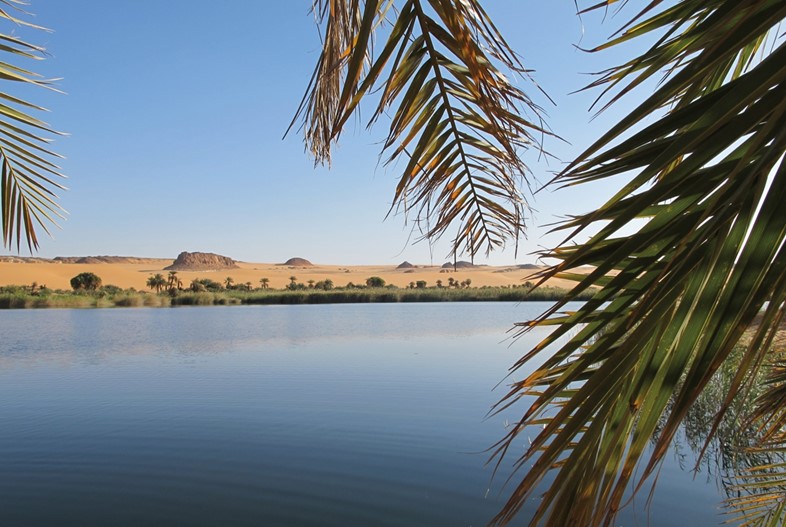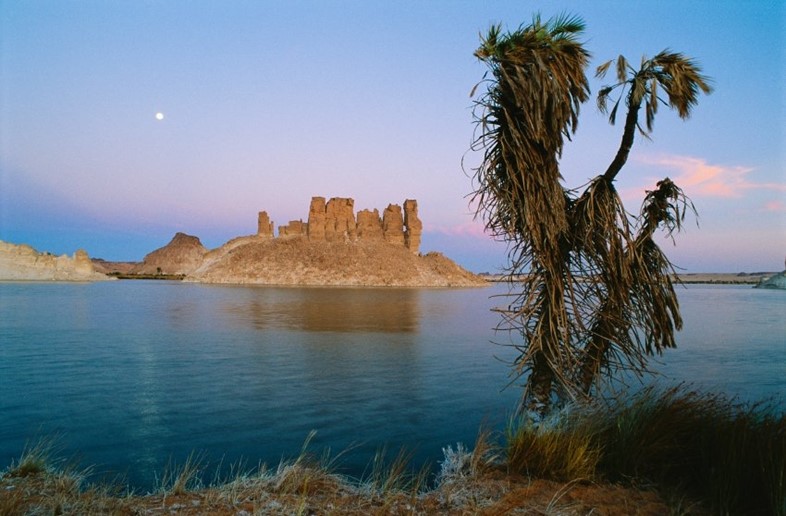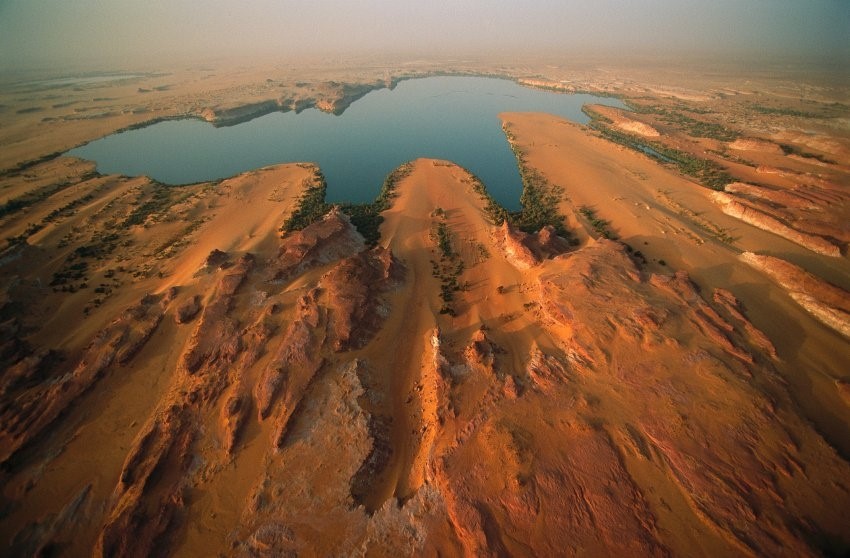Yearly research pilgrimages to the Sahara Desert continue to expand Stefan Kröpelin's climatic archive
The Sahara is a vast expanse of somewhat unchartered sandscape, similar in size to Australia or the United States – a seriously humbling thought. Desert navigator, Stefan Kröpelin, has made yearly pilgrimages to these arid lands for most of his academic life. Undeterred by disease, endless sandstorms and run-ins with rebels, his team continue to study the region as they diligently probe pre-history, preserve the present and help predict future climates.

Kröpelin is part of the Institute of Prehistoric Archeology at the University of Cologne, his explorations have brought him into contact with the deep past – the remains of pre-Egyptian civilisations. The unwelcoming desert hides the pre-historic shells of water-based creatures and has kept secret a multitude of paintings on cliff walls that depict Homo sapiens daily lives many millennia ago. Kröpelin has contributed to evidence that, after the last period of european glacial melt around 11,000BC, monsoon rains descended on the dry landscape and a vital East African savannah burst into life – naturally people began to make this their home. When the rains slowly retreated about 5000 years ago, the desert returned and people were forced to journey to permanent fertile lands found further South and along the River Nile.

Sat in solitude, somewhere in the untrodden deserts of Northeastern Chad are the Lakes of Ounianga, the hotbed of Kröpelin’s scientific findings. A collection of 18 interconnected lakes - a mixture of saline, hyper-saline and freshwater – they are a colourful mix of rich blues, greens and reds, each carved into a spectacular selection of shapes superposed on the sandy surroundings, their banks plentifully splattered with luscious palm groves and dunes. Kröplin had visited the lakes many times; enraptured by the unique beauty and history of this oasis he campaigned to have the lakes become a UNESCO world heritage site. In 2012 his dreams came true, the first place in Chad to be officially acknowledged as a special site on our earth.

Kröpelin’s work with the pre-historic also feeds the future, as his findings dispute previously accepted theories that the region dried out very suddenly. His team drilled a tiny hole deep down below one of the larger Lakes of Ounianga, Lake Yoa. This lake was chosen because it is fed by ancient groundwater and below it are thousands of layers of sediment that harbour pollen deposits and other climatic indicators. The eight metre-long cylinder of sediment they extracted revealed that it took around 3000 years for the green savannah to return to desert, not so sudden after all.
The expeditions go on and Kröpelin continues to expand this climatic archive, an important resource to better predict how our climate will evolve as the ice caps continue to melt and the global temperatures rise.
